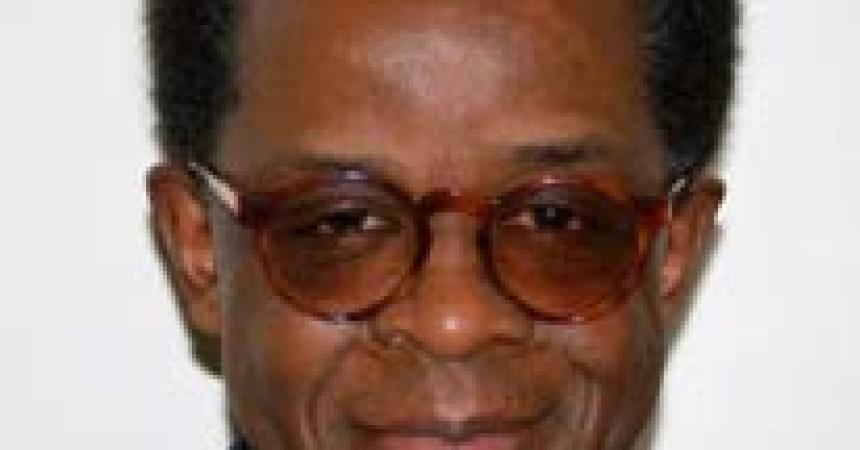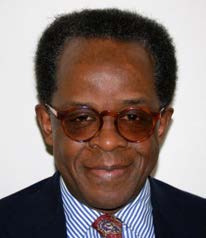
Demonizing Black student protests
By Lee A. Daniels
George Curry Media Columnist
If you read or listen to much of the media, you have to be wondering what would cause Black college students and their allies among other students and faculty at two prominent universities to stage nonviolent, institution-shaking protests – one of which resulted in the sudden resignation of two of the institution’s top officials.
Are these disruptions at the University of Missouri and Yale University the result of student protesters using “political correctness” and “mob rule” to threaten the very foundation of “free speech” and “freedom of expression” and “civilized discourse” that should be the basis of these institutions’ existence?
That’s what one could surmise from the hysterical reaction coming from many quarters of the mainstream and online media.
The reality, however, is far different. The reality is that today, at the dawn of the 21st century, Black college students and other students of color, on predominantly White campuses in very small numbers, continue to face what Blacks at White colleges have always had to navigate: an environment in which there are manifold signs they’re not really welcome.
Too often, their interaction with White students, faculty and administrators is far from being “coddled” – a word and sentiment that reeks of the central justification for the notorious 1896 Supreme Court Plessy decision validating “separate but equal” doctrine as the law of the land.
That’s why the protests at Yale and the state of Missouri’s flagship university campus (Mizzou) underscore what’s always been a fundamental question for Black collegians at White colleges: What should be the response to the continual words and actions of some significant number of White students and faculty in these communities of higher learning that are intended to denigrate them and deny them their place as full-fledged members of that community?
Should Black students (and other students of color) meekly accept the racist behavior as, in effect, the “cost” of not being White? Should they, as a now-infamous e-mail written by a minor Yale official advised, either just “look away” or take on the burden of “educating” those White students who think it is fun to dress up in costumes that denigrate Blacks and other people of color, or who scrawl racial and ethnic and gender slurs on walls, or who yell them from White fraternity and sorority houses, or who, in a recent incident at Mizzou, cover a portion of a wall with a swastika smeared with feces?
That e-mail alone makes clear what’s behind much of the condemnations of these protests: the assertion that the targets of bigotry must defer to White expressions of bigotry, and then spend their time and energy trying to convince the bigots of their humanity.
To protest, as the students and their allies at Mizzou and Yale have learned, is to provoke having their own actions be described in “criminalizing” terms – from people who seem to have forgotten the revealing exposure this past March of the “traditional” racist ditty adopted by some chapters of the national White fraternity Sigma Alpha Epsilon, and who, more recently, have studiously ignored last month’s aborted attempt of the GOP presidential candidates in the aftermath of the third presidential debate to limit the media’s freedom-of-the-press approach to covering their campaigns.
And, of course, as the student protesters at Mizzou have learned, Black nonviolent protests almost always bring threats of White racist violence. Authorities have arrested two White Missourians for making specific threats online to go to the Mizzou campus and kill protesters.
What much of the condemnation of the student protests at Yale and the University of Missouri reveals once again is that casting Black protests as “criminal” and “mob rule” actions that threaten individual Whites and (White) civilization itself is an old, foundational tradition of America: As old as the justifications developed in the 17th century for Negro slavery and as recent as the “predictions” made in some quarters just last month of violence erupting at the 20th anniversary commemoration of the 1995 Million Man March (which repeated the predictions of violence made about the earlier event).
In the modern era, that dynamic is as old as Southern and Northern racists characterizing the nonviolent civil rights demonstrations of the 1960s as “lawless” and “criminal” (many predicted the 1963 March on Washington would produce wholesale rioting) and as recent as the predictions which buzzed through the conservative media echo chamber in October 2008 of the “coming thugocracy of the Obama administration.”
And yet, today’s Black collegians at predominantly White colleges ought to be grateful for the critical understanding these negative experiences illuminate. That is that they have the privilege of carrying on a great tradition. Like every generation of Black Americans before them, they will have to fight for their freedom. And so will their children, and their children’s children.
The great scholar-activist W.E.B. DuBois famously predicted a century ago that the problem of the 20th century in America and around the world would be the problem of the Color Line. Every sign today indicates that “problem” will continue to persist throughout the 21st century as well.
Lee A. Daniels is a longtime journalist based in New York City. His essay, “Martin Luther King, Jr.: The Great Provocateur,” appears in Africa’s Peacemakers: Nobel Peace Laureates of African Descent (2014), published by Zed Books. His new collection of columns, Race Forward: Facing America’s Racial Divide in 2014, is available at www.amazon.com.








